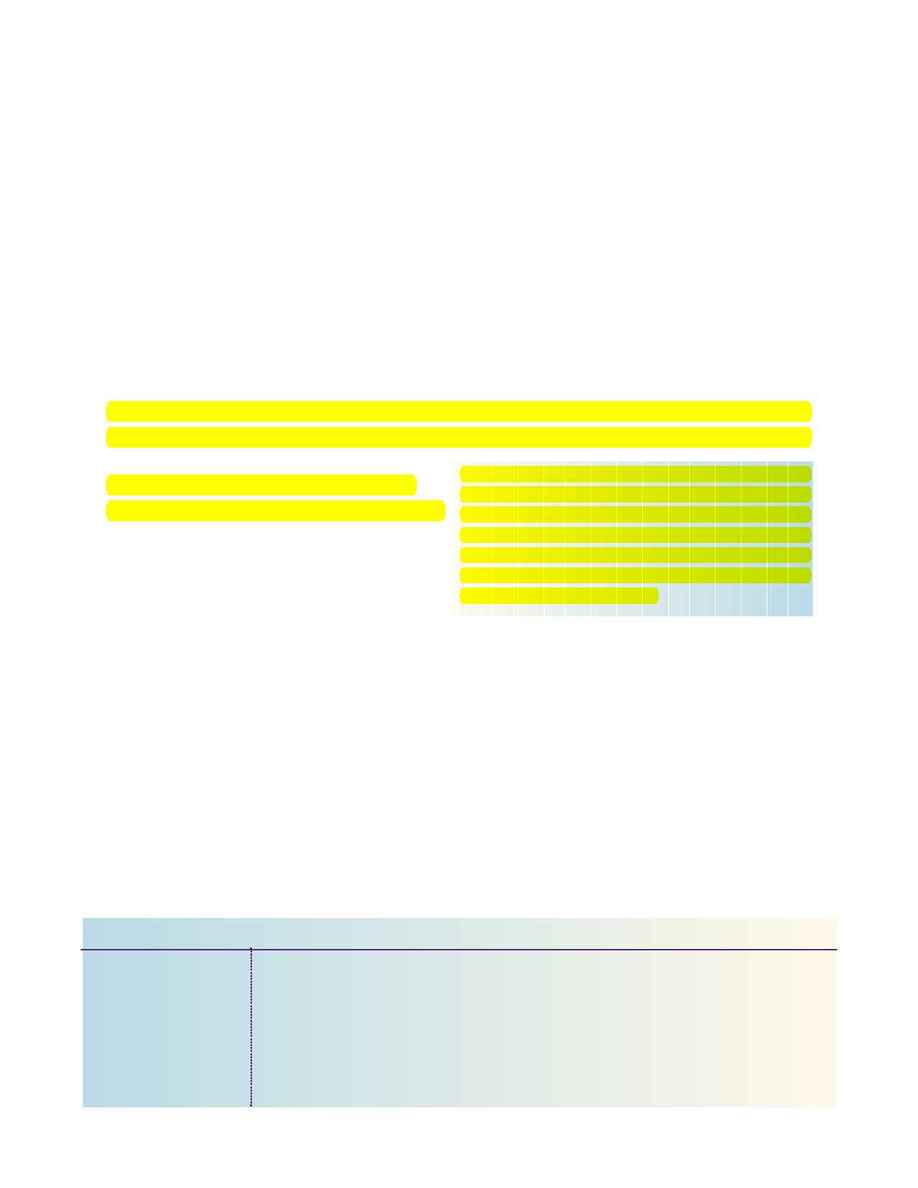
SALON FUNDAMENTALS
586
ARTIFICIAL NAIL CARE
Artificial nails are used to improve the appearance of one's nails and help to conceal broken nails.
There are several types of artificial nail products currently available for use in the salon. Each has
special procedures individualized by the manufacturer of the product. Since each brand of artificial
nails can vary greatly in application procedure, your review in this text will be centered around the
basic product ingredients and procedures.
Some nails are too thin or weak to grow to the length the client may desire. These clients are no
longer doomed to wearing their nails short forever. In offering your clients the alternative of wear-
ing artificial nails, you're offering them something they may have thought they'd never havethe
opportunity to have truly lovely hands!
Artificial nails can be applied over a plastic tip or created directly on the nail. Prior to an artificial
nail service, a basic manicure should be performed up to but not including the base coat.
There are three general product systems by
which artificial nails can be created, which are:
1. Powder and Liquid Acrylic
2. Wraps and No-Light Gels
3. Light-Cured Gels
In this chapter you will learn the procedures for the most common applications: Nail Tips, Tips with
Acrylic Overlays and Sculptured Nails. You will also be introduced to Fiberglass Wraps and Light-
Cured Nails.
Artificial Nail Essentials
Just like natural nail manicure and pedicure services, artificial nail services require a selection of
products and implements. The following items are necessary to complete an artificial nail service
along with the items used for the basic manicure service. Each is described by name, description
and/or function.
Artificial Nail Service Products
PRODUCT
FUNCTION
Monomer
Mixes with the powder to form an acrylic nail; liquid in form
Polymer
Mixes with the monomer to form an acrylic nail; powder in form
Primer
Ensures adhesion of acrylic product to nail
Nail Tips
Adhere to nail; they have a hollowed area on one end called the nail well,
which is attached to the natural nail; plastic extension
In the past, a discoloration found between the nail plate
and an artificial nail was referred to as a mold, but was
actually a bacterial infection caused by pseudomonas
aeruginosa, a bacteria occurring naturally on the skin. In
favorable conditions, such as a lack of oxygen, the bacte-
ria grows unrestrained and causes an infection which
leads to discoloration of the nail.
